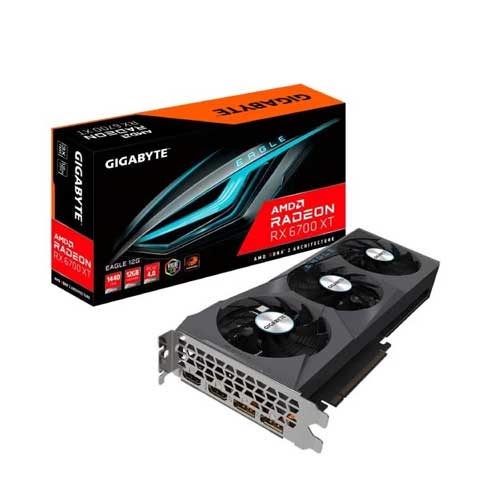The landscape of IT infrastructure is undergoing a seismic shift. With the exponential growth of cloud adoption, DevOps, edge computing, and AI-powered applications, the demand for reliable, fast, and consistent server operations has never been greater. Traditional server management — manual provisioning, patching, configuration, and monitoring — is no longer sustainable at scale.
Enter server automation.
In 2025, server automation is not just an operational advantage — it's a strategic necessity. From bare-metal provisioning to continuous compliance, smart automation frameworks are transforming how IT teams manage physical, virtual, and cloud-native workloads.
This blog explores the core principles of server automation, dives into the technical tooling, and explains how organizations can build resilient infrastructure with less manual overhead.
What Is Server Automation?
Server automation refers to the use of software and scripts to handle repetitive server-related tasks without human intervention. These tasks include:
-
- Provisioning: Automating OS installation and software deployment
- Configuration: Applying consistent settings using templated configuration files
- Patch Management: Automatically updating security patches and bug fixes
- Monitoring: Continuous tracking of performance metrics and log analysis
- Scaling: Automatically spinning up/down instances based on usage
At its core, server automation is about efficiency, consistency, and compliance.
Benefits of Server Automation
From a technical and operational perspective, automation delivers benefits such as:
-
- Faster provisioning: Deploy new servers within minutes via templates
- Fewer errors: Reduce misconfiguration through declarative templates
- Improved uptime: Proactive remediation of failures
- Consistent environments: Perfect for multi-cloud and hybrid models
- Auditability: Centralized logging and role-based access control

Automation paves the way for immutable infrastructure — where servers are not modified post-deployment but redeployed when changes are needed.
Key Server Automation Tools in 2025
Let’s explore some widely adopted server automation tools across physical, virtual, and cloud infrastructures:
-
- Ansible - Language: YAML-based playbooks. Strength: Agentless, great for configuration management. Use Case: Patching, deployment, firewall management.
- Terraform - Language: HCL (HashiCorp Configuration Language). Strength: Infrastructure as Code (IaC) provisioning. Use Case: Provision servers across AWS, Azure, VMware, etc.
- Puppet & Chef - Language: DSLs (Ruby-based). Strength: Declarative and imperative models. Use Case: Server configuration and compliance enforcement.
- Foreman + Katello - Language: Ruby + YAML. Strength: Full lifecycle management for bare-metal. Use Case: Red Hat and CentOS deployments at scale.
- Red Hat Satellite, SUSE Manager - Enterprise-grade automation platforms for RHEL and SUSE systems.
Infrastructure as Code (IaC): The Foundation of Automation
IaC enables servers and network configurations to be treated like source code — versioned, tested, and auditable.
ami = "ami-0c55b159cbfafe1f0"
instance_type = "t3.micro"
user_data = file("install-nginx.sh")
}
Benefits:
-
- Track changes through Git
- Enable CI/CD for infrastructure
- Integrate with testing tools like TestInfra and Kitchen
Smart Infrastructure: Moving Beyond Scripts
Modern automation isn’t just about scripts. It leverages AI, predictive analytics, and event-driven models.
AI-Driven Automation:
-
- Self-healing systems using machine learning to predict failure
- Dynamic scaling based on workload patterns
Event-Driven Automation:
-
- Tools like StackStorm, Rundeck, or Azure Event Grid respond to real-time events (e.g., high CPU triggers instance scaling)
Automation with API-first Infrastructure:
-
- RESTful APIs, webhooks, and integrations with monitoring tools like Prometheus, Grafana, and ELK stack complete the loop
Server Automation in Hybrid and Multi-Cloud Environments
Modern infrastructure spans on-premise data centers, public clouds, and edge nodes. Automation must operate seamlessly across all environments.
Challenges:
-
- Diverse APIs and authentication models
- Configuration drift
- Network segmentation
Solutions:
-
- Use Terraform modules for cross-cloud provisioning
- Manage state via remote backends (S3, Consul)
- Use Vault or AWS Secrets Manager for secret injection
- Employ Kubernetes operators to manage app-level infrastructure at scale
Security and Compliance Automation
With zero-trust models becoming standard, automation helps enforce security policies:
-
- Auto-apply CIS benchmarks
- Run continuous vulnerability scans (via OpenSCAP, Lynis)
- Enforce firewall rules and access controls
- Integrate with SIEM for real-time threat response
Tools like OSQuery, Wazuh, and Falco can be integrated into automation pipelines for runtime security.
Case Study: Server Automation in Action
Let’s say a company needs to deploy a fleet of Ubuntu servers across AWS and on-premise. Their workflow could look like:
-
-
Terraform provisions the EC2 instances and vSphere VMs
-
Ansible installs Docker and sets up the application stack
-
Prometheus/Grafana start collecting performance metrics
-
StackStorm triggers a scale-up when latency exceeds threshold
-
Foreman tracks patch levels across all instances
-
Vault rotates SSH keys and manages secrets
-
Result? Zero manual intervention, complete audit trails, and reliable infrastructure.
Conclusion
Server automation is no longer a luxury — it’s the bedrock of modern IT operations. As infrastructures grow complex and distributed, automation ensures reliability, security, and speed. Whether you’re managing a handful of VMs or orchestrating across cloud-native edge environments, automation makes operations resilient and future-ready.
IT teams must embrace a proactive mindset, building composable and policy-driven automation workflows that align with business goals and compliance mandates.
















